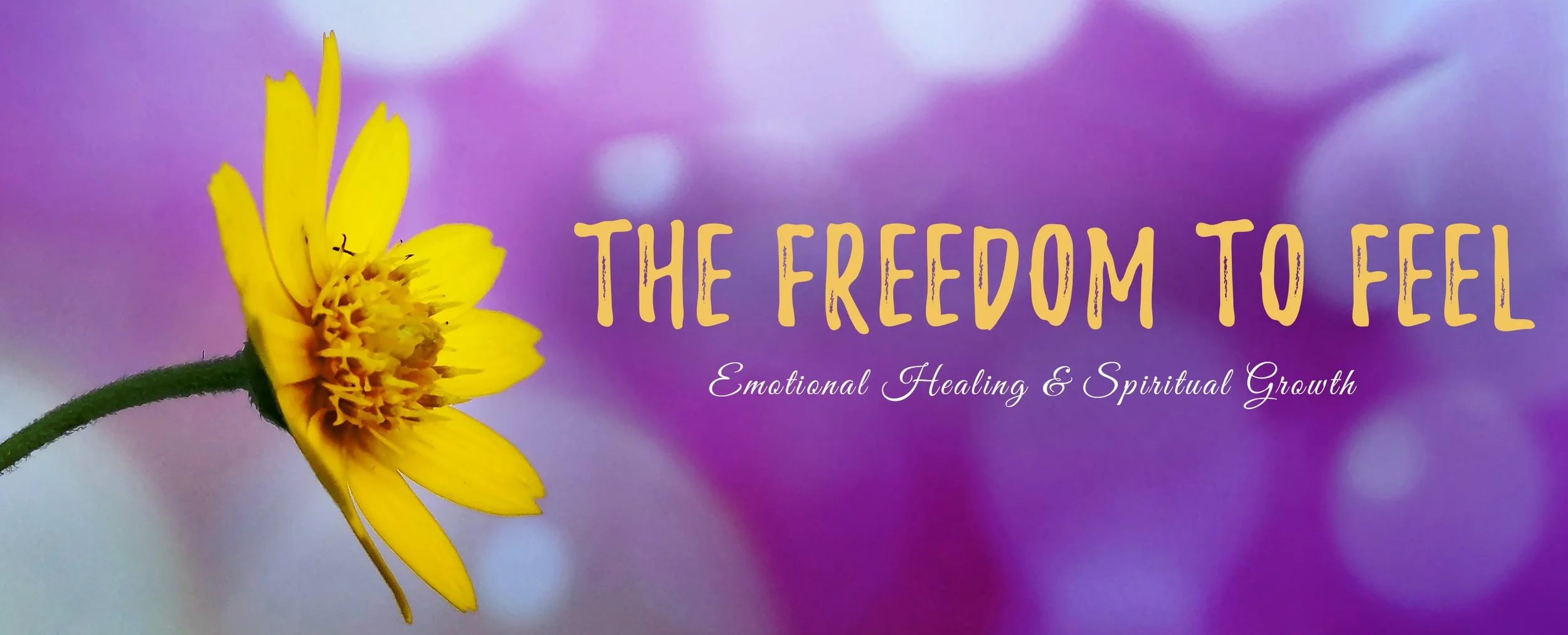Deeply Inspiring messages in
THE ATTENDING:
Poems by Matthew Mumber
BECOMING A HUMAN DOCTOR
Too close! Too distant! the scientists preached,
sheltered off in their crystalline towers,
presiding from much higher to lower.
An encyclopedic knowledge slowly leached
through charcoaled-cold caves, plasticized bright screens projected crystal-clear congruence
with complicated, chemical fluence,
convoluted microscopic routines.
Then you appeared—knee-high coat, starch-bright white— teacher, mentor, guide, priest, counselor-friend,
my heart skipped once, feelings, impressions
bound tight to DNA nucleotides,
organized new relation equations,
showed love alters genetic expression.
CONSULTATION
At the word cancer,
your hazel eyes darken
from the inside out.
You recede six feet
behind into a
fluorescent-lit corner,
where no shadows penetrate.
A fine dust layers
on top of the stale office end table, its origins, and destinations
remain unknown.
Your oldest son inquires
about superficial details,
logistics, though never once engages the crucial question:
How long?
Learn more about the inspiring work of Matt Mumber at https://drmattmumber.com/











































